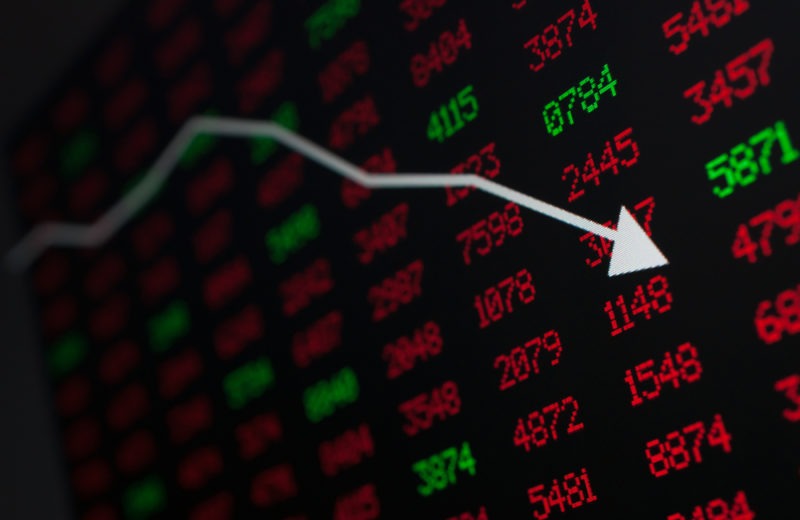Following a wild January on Wall Street in which investors struggled with a Federal Reserve policy shift, stock futures edged lower Tuesday morning.
Dow Jones Industrial Average futures fell 33 points. The S&P 500 futures were 0.2 percent lower, while the Nasdaq 100 futures were little changed.
Investors were looking forward to more key earnings reports, including ExxonMobil before the opening bell and Alphabet, General Motors, Starbucks, AMD, and PayPayl after the close.
Over the last few days, investors have stepped in to buy a dip, causing the S&P 500 to briefly enter correction territory, defined as a 10% drop from the most recent high. Over the last five trading days, the large-cap index has risen 2.4 percent.
Despite a tech-driven rally on Monday, significant averages have had a brutal month marked by wild price swings. The S&P 500 and Nasdaq Composite had their worst months since March 2020, when the pandemic was at its peak, falling 5.3 percent and 8.9 percent, respectively. It was also the S&P 500′s worst January drop since 2009. The Dow Jones Industrial Average fell 3.3 percent for the month.
The sell-off in January occurred as the Fed signaled its willingness to tighten monetary policy. This includes raising interest rates multiple times this year, to tame inflation; which has risen to the highest level in nearly four decades. Investors fled growth-oriented technology stocks, particularly vulnerable to rising interest rates.
Volatility skyrocketed as investors deciphered the Fed’s policy pivot messaging. Last week, the S&P 500 briefly entered correction territory on an intraday basis. The recent rally has pushed the large-cap benchmark down 6.3 percent from its peak.
January Was the Market’s Worst Month
Nonetheless, many Wall Street strategists remind investors that market corrections expect in bull markets. According to Goldman Sachs, there have been 33 S&P 500 penalties of 10% or more since 1950, with the median episode lasting about five months.
The most recent decline is a typical market correction, not the start of a recession or the end of this bull market.
So far, 78.5 percent of the 172 S&P 500 companies reported earnings had exceeded analysts’ estimates.
















